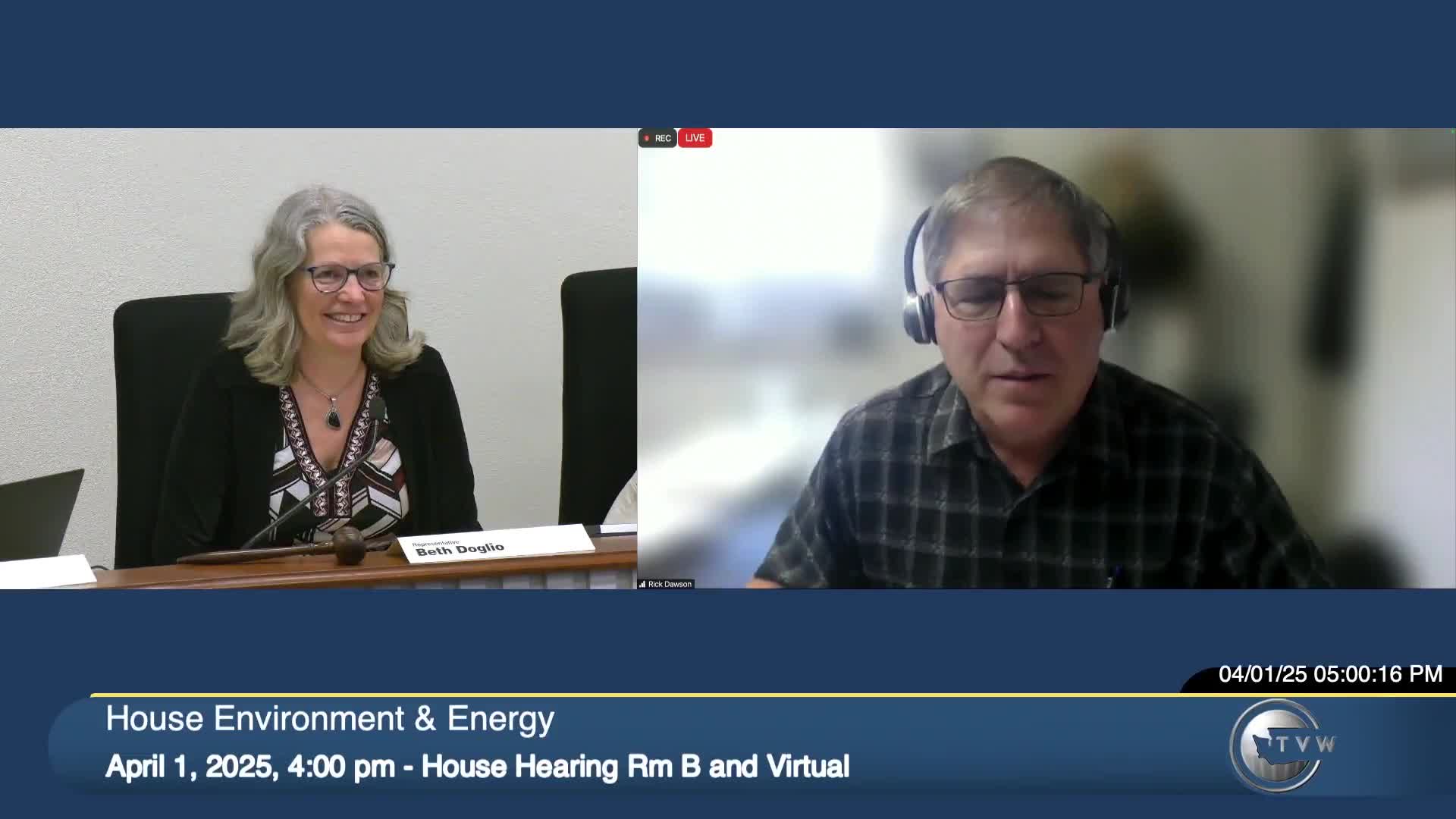Walla Walla County addresses challenges in managing Group B water systems
April 01, 2025 | Environment & Energy, House of Representatives, Legislative Sessions, Washington
Thanks to Scribe from Workplace AI , all articles about Washington are free for you to enjoy throughout 2025!

This article was created by AI using a video recording of the meeting. It summarizes the key points discussed, but for full details and context, please refer to the video of the full meeting. Link to Full Meeting
Currently, Walla Walla County has 140 approved systems, but only 40% are compliant with required water sampling. Many of these systems, some dating back to the 1980s, are plagued by high nitrate levels, forcing residents to rely on bottled water for safety. The lack of annual permits complicates consistent oversight, leaving the health department with limited enforcement options.

Before you scroll further...
Get access to the words and decisions of your elected officials for free!
Subscribe for FreeRick emphasized the need for innovative treatment technologies to address these issues, particularly as new contaminants like PFAS emerge. He noted that while some small systems are adopting treatment methods, the financial burden remains a significant barrier. The conversation also touched on the importance of maintaining personal relationships with system operators, as the county's small size allows for closer collaboration.
Representative Mary Dye raised the possibility of exploring successful nitrogen removal technologies from other regions, suggesting that tailored solutions could help alleviate the burden on small water systems. The meeting underscored the urgent need for support and funding to ensure safe drinking water in rural areas, where options for connecting to larger systems are often nonexistent. As Walla Walla County navigates these challenges, the focus remains on finding sustainable solutions to protect public health and improve water quality.
Converted from House Environment & Energy - 4/1/2025 4:00 PM meeting on April 01, 2025
Link to Full Meeting
Comments
View full meeting
This article is based on a recent meeting—watch the full video and explore the complete transcript for deeper insights into the discussion.
View full meeting


